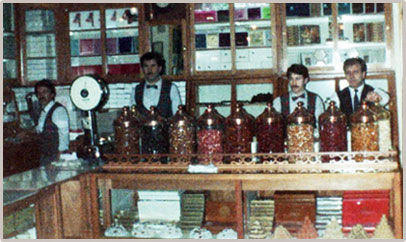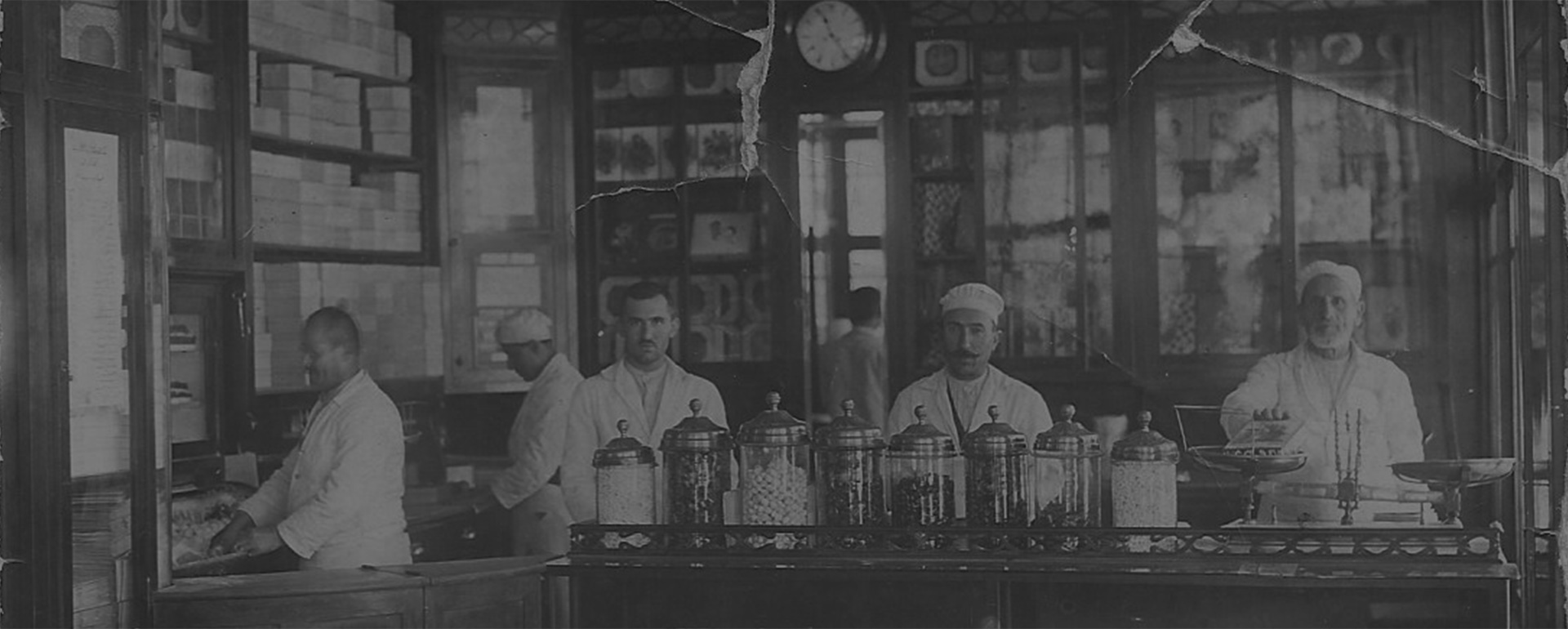Historical Premises
Bahçekapı District

which connects İstanbul to Europe, and right behind Yeni Cami (the New Mosque). As the connection between the Galata Bridge and Bab-ı Ali, the Sublime Porte of bureaucracy (grand vizierate) as well as arteries of commercial life such as Sultanhamam, Mısır Çarşısı (the Spice Bazaar), Balık Pazarı (the Fish Market) and Tahtakale, Bahçekapı has been an important trade center since the time of the Ottomans.
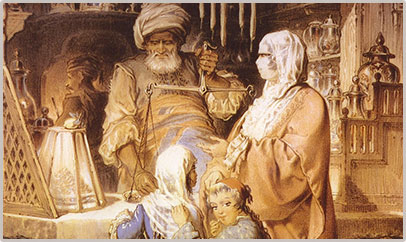
Architectural Features

The shop with two more floors above it is built in old masonry style, and restored to its original state in 1989 by Doğan Şahin, engineer, M.Sc. The authentic building features walls of Maltese stone with a plastered façade, woodworks, and a wooden roof with a parapet and an overlay of tiles.
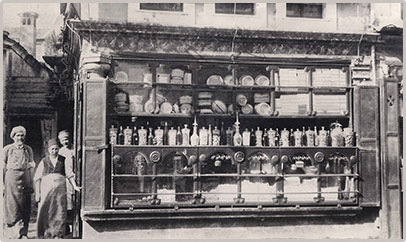
History

The single room shop with a stove at the rear section for production was first opened by Confectioner Hacı Bekir Effendi in 1777. The original 33 m² shop later reached its present size of 88 m² through the addition of the spice shop next door. The place still operates today as a confectionery shop, managed by the fifth generation of the Hacı Bekir family.
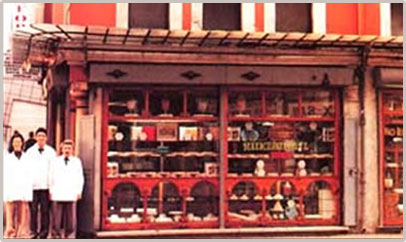
Architectural Details

Marble columns on either side of the entrance door with two bronze collars on each, and the headpieces of marble blocks on the two wrought-iron joists providing the front shop window spaces are exposed. The ironwork canopy stretching out over the shop front is also preserved in its original condition.
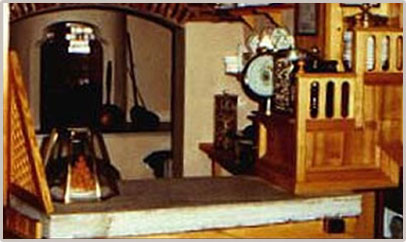
Restoration

At the rear of the shop, the original vaulted stove and the roof chimney used by Hacı Bekir were carefully restored. In their work on the counter, the shelves and the flower-decorated grille work on the ceiling, the restorers remained faithful to the details in Prezioso's painting 'The Confectioner', leaving us with a three-dimensional representation of this painting in the oldest part of the shop.
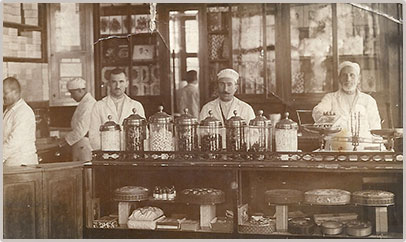
Visual Details

The marble floors as well as the preserved wooden ceiling and beams, the columns and headpieces of the shop front provide insight to the details and construction methods of the past two centuries.
